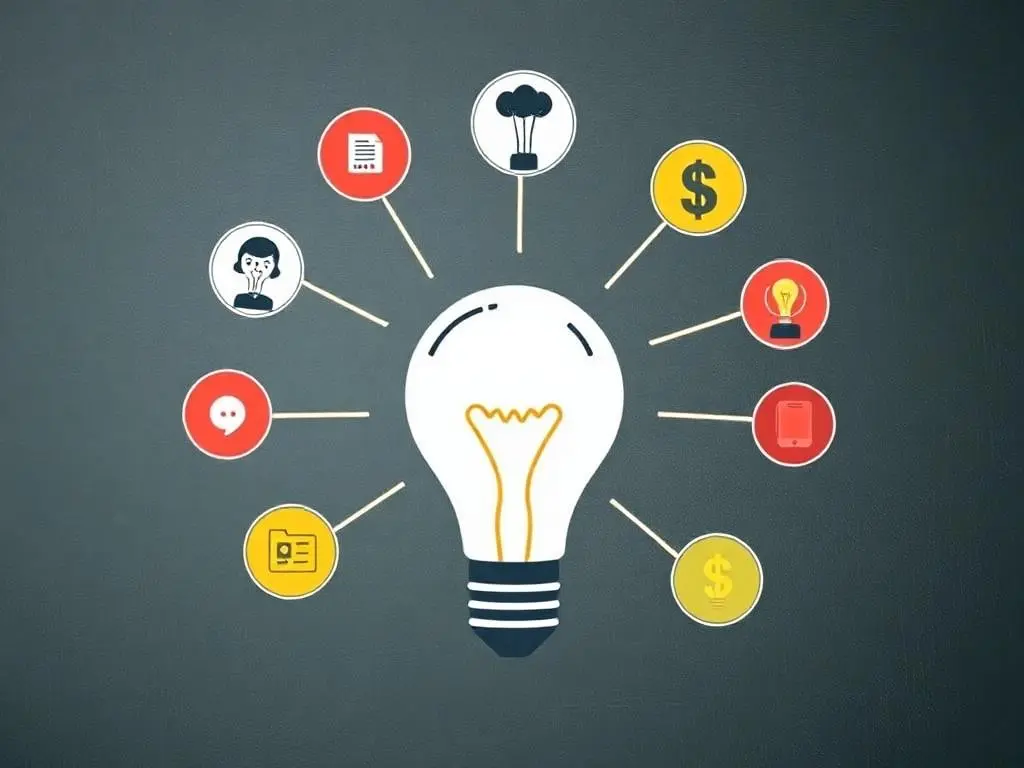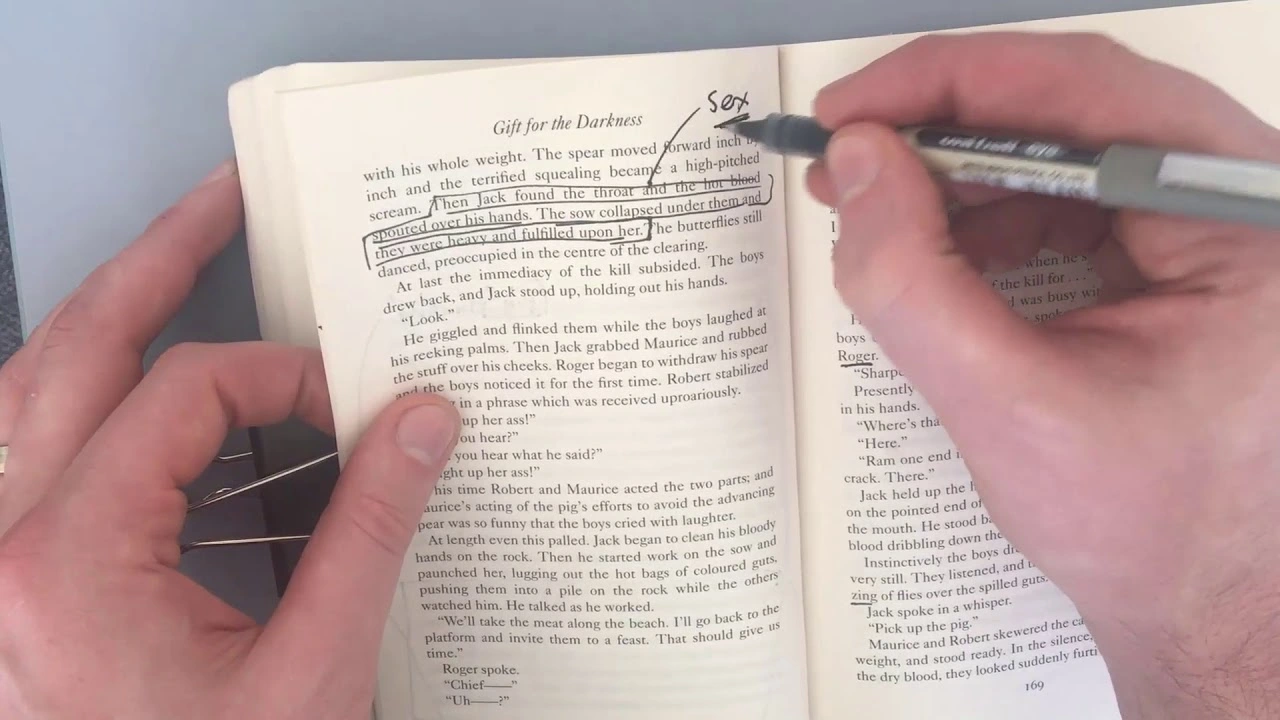- December 30, 2024
How to Be a Better Planner: Avoid the Planning Fallacy
- September 04, 2023
- in Motivation

Ever unprotected yourself thinking, “I thought I had unbearable time for this!” or, “Why am I unchangingly running late on my plans?” It’s like a never-ending loop of setting goals, missing the mark, then scratching your throne in wonder.
Evidence shows that this so-called planning fallacy is a widespread hiccup. You can see its traces in educational institutions, where both the educators and the learners trip over it.[1] Dive into the tech world, and a mere third of projects wrap up on time. Meanwhile, industrial diamond takes, on average, a whopping 3.5 times longer than anticipated. And let’s not plane talk well-nigh writers – scrutinizingly 90% of them are fashionably late with their manuscripts.[2]
So, here’s the deal: If you’re serious well-nigh upping your planning game, it’s time to steer well-spoken of the planning fallacy. Let’s icon out how.
Unveiling the Planning Fallacy
Daniel Kahneman and Amos Tversky, two giants in psychology and behavioral economics gave us a heads-up well-nigh a sneaky cognitive trap:
In a 1979 paper,[3] they pointed out that we humans have a weird habit. When thinking well-nigh the future, instead of stuff logical and analytical, we often rely heavily on our gut feelings.
The catch? Our guts aren’t unchangingly right. The mistakes we make? Not just random slip-ups. They follow a pattern, revealing our inherent biases.
Taking planning as their focal point, Kahneman and Tversky highlighted a frequent hiccup. Think well-nigh scientists and writers. They’ve missed deadlines increasingly times than they can count, yet they often repeat the same scheduling blunders. This repetitive, scrutinizingly predictable miscalculation is what they labeled as the planning fallacy.
Flash forward to 2003, and Kahneman refined this concept. He said the planning fallacy isn’t just well-nigh time—it’s moreover well-nigh costs, risks, and the rewards of our actions. In essence, we’re guilty of two main blunders: we’re a tad too optimistic well-nigh how things will turn out and a bit too dismissive of the hurdles we might face.
Now, in plain speak, planning fallacy ways we often guess wrong well-nigh how long something will take and how much it’ll cost, all while overlooking potential risks.
If you get unprotected in this trap, you’re likely to:
- Budget too little mazuma (or too few resources).
- Carve out too little time.
- And over-hype the perks.
And in project management, that’s a recipe for chaos.
A Archetype Example of the Planning Fallacy
Let’s put the theory whispered for a moment and jump into a real-life story that screams planning fallacy – the Sydney Opera House.[4] Yes, plane the grandest projects can fall prey to the planning fallacy.
Back in 1957, when the tabulation was just a dream on paper, the Australian government threw virtually some figures. They predicted this masterpiece would forfeit virtually 7 million Australian dollars and would be ready for curtain undeniability by 1963. Seems reasonable, right?
Well, hold onto your hats. The very price tag to bring this marvel to life? A staggering $102 million! Increasingly than 10 times the initial estimate. And here’s the kicker – the majority of this snout was footed by a State Lottery. Imagine betting on a lottery ticket to fund a national landmark!
And instead of the 4-year timeline they were gunning for, construction stretched over 14 long years, starting in 1959. By the end of it, over 10,000 construction workers had poured their sweat and skills into the project.

The Culprits Overdue the Planning Fallacy
Let’s get lanugo to the nuts and bolts of the planning fallacy. What’s driving these planning missteps? They’re cognitive biases—those sneaky mental shortcuts that play tricks on our perceptions and decisions.
The “Everything’s Rosy” Bias (Optimism Bias)
Ever think you’re the world’s weightier pancake flipper or the king of parallel parking? That’s the optimism bias at work.
We humans are a confident bunch. In fact, 93% of Americans genuinely believe they could out-drive most others on the road;[5] 90% of teachers are convinced they’re teaching prodigies.[6] The truth is though, statistically, we can’t all be whilom average. Yet, our brains love to think that whatever we touch turns to gold, and every task is a cinch.
The “First Impression Sticks” Bias (Anchoring Bias)
Remember the last time you stuck to the first price thrown at you? That’s the anchoring bias at play. It’s that little voice in our throne that says the first piece of info we hear is the golden truth.
Let’s say you’re selling your home, and tattoo – the first offer is way unelevated your expected price. Considering of anchoring, this first offer looms larger in your mind than it should, skewing your perception of your home’s true value.
Similarly, when someone says, “Hey, this project should take this long,” that estimate sticks like glue, overshadowing any other info that comes our way.
The “I Told You So” Bias (Confirmation Bias)
This one’s a classic. Once our mind’s made up, we tend to cherry-pick info that says, “Yes, you got it right!” We’re drawn to things that reverberate our beliefs and coolly ignore anything that doesn’t.
It’s like only reading the wares that shout, “I stipulate with you!” while tossing the rest. This is moreover why people hang with news sources that cheer on their viewpoints. Anything suggesting they’re off track? Pfft, it’s probably wrong.
The “Been There, Seen That” Bias (Representativeness Heuristic)
Last but not least, this bias has us lean on mental shortcuts to make quick judgments. We’ve got these mental snapshots – stereotypes, if you will – well-nigh all sorts of things.
Spot someone or something that fits our mental image? Our smart-ass goes, “Aha! I’ve seen this before!” and bingo, we judge based on that pre-existing picture, overlooking the unique details of the current situation.
So, the big question is, how do we dodge these biases and plan smarter?
How to Avoid the Fallacy and Be a Largest Planner
Now that you know what’s tripping you up, let’s arm yourself with some savvy moves to dodge that planning pitfall.
1. Raincheck That Sunshine Forecast (Less Optimism, Increasingly Realism)
Hey, don’t get me wrong. A sprinkle of optimism is great. It’s that little pep in our step. But remember when you were super sure that you’d learn to play the guitar over a weekend? And come Monday, all you had were sore fingers? That’s what over-optimism can do to our plans.
When mapping out a new project, it’s wise to take off those rosy glasses for a bit. It’s not well-nigh stuff a naysayer but rather a smart thinker. Instead of irreflective well-nigh the finish line, consider the bumps and turns withal the way.
Start asking the not-so-fun-but-super-important questions. “What could possibly jam our gears?” or “Are there any sneaky financing lurking in the shadows that we haven’t spotted yet?”
For instance, if you’re planning a grand product launch, don’t just focus on the glitzy event. What well-nigh potential shipment delays, or, I don’t know, a sudden helium shortage for those 500 balloons?
By balancing your enthusiasm with a soupcon of caution, you’re setting yourself up for a smoother journey. It’s like packing an umbrella for a picnic. Hopefully, you won’t need it, but if it does rain, you won’t be the one scampering for cover!
Let optimism be your fuel and realism your map. They’re the perfect duo for the road ahead.
2. Think LEGO: Build With Blocks (Break it Down!)
Ever tried gobbling lanugo a whole pie in one go? Chances are, it wasn’t the weightier idea. But when you slice it up, piece by piece, it’s a delight.
The same logic applies to your projects. Taking on a mammoth task can seem overwhelming (and slightly unrealistic), but there’s magic in breaking things down.
Imagine you’re organizing a polity event. Instead of just saying, “Let’s throw the weightier event overly in two months,” start with the LEGO approach. Think blocks, think milestones.
First, nail lanugo the event theme. Once that’s in the bag, icon out the venue. Got that sorted? Move on to reaching out to potential speakers or performers.
By segmenting the project into bite-sized chunks, you can intrust specific timelines, ensuring that every speciality gets the sustentation it deserves.
Now, each milestone acts as a checkpoint. Did you nail one right on time? Great, requite yourself a pat on the back! Running overdue on another? No worries, you’ve got clarity on where to focus and adjust.
So, the next time you’ve got a big project looming, don’t get lost in its vastness. Slice it. Dice it. Celebrate each small victory, and surpassing you know it, you’ll have a successful project pie baked to perfection. The pie might be a metaphor, but the success? Oh, that’s real.
3. Dive into the Data Vaults (From Similar Projects)
Remember that one time you swore you’d torch a confection in 30 minutes considering the internet said so, only to find out it took Aunt Mabel three hours last Thanksgiving? That’s the kind of insight you need!
Instead of just irreflective well-nigh the best-case scenario, it’s time to put on those detective glasses. Hunt lanugo the histories of similar past projects, and don’t just skim the surface. Dive deep. Analyze not just the wins but moreover the messy parts — the delays, the unexpected hitches, the upkeep bumps.
For instance, if you’re launching a new software update, don’t just rely on your platonic timeline. Squint when at previous updates. How long did testing really take? Were there bugs that crept up? Were clients confused? By studying the full spectrum of outcomes from past projects, you ground your plan in reality, not just optimism.
Past data is your compass. It helps you navigate the murky waters of planning, steering you well-spoken from those sneaky icebergs tabbed ‘unexpected surprises’.
4. Get a Fresh Pair of Eyes (Embrace Outside Perspectives)
Picture this: You’ve been staring at a puzzle for hours. You’re unrepealable that piece fits right there, but it just won’t slot in. Then a friend walks by, glances at it, and bam! They spot the obvious move you missed. Why? Considering they had a fresh viewpoint, unburdened by hours of trying and retrying.
Projects can be like that puzzle. When you’re deep in it, every idea seems gold, every plan flawless. But sometimes, what you need is a fresh perspective. Someone who isn’t knee-deep in the project’s intricacies. Someone who can provide an unbiased take.
Let’s say you’re crafting a new marketing campaign. You and your team might be convinced that a particular wile is revolutionary. But getting someone from outside, maybe someone from finance or plane a friend from a totally variegated industry, to take a squint could be enlightening. They might question things you took for granted or point out potential pitfalls you hadn’t considered.
Criticism, expressly from an objective third party, isn’t a bad thing. In fact, it’s like that gym mentor who pushes you to do that uneaten rep. Sure, it’s uncomfortable for a moment, but it ensures you’re at the top of your game.
So, the next time you’re well-nigh to finalize a plan, invite someone with a fresh perspective. Let them poke holes. Gratefully accept their feedback. Considering a plan that can withstand criticism? That’s a robust plan.
Planning is Your Map, Not Your Territory
Let’s get real: We’re all dreamers at heart. We envision grand plans and sometimes, in our enthusiasm, overlook the gritty details. And that’s okay; dreaming big is where innovation starts. But let’s moreover remember that a ship without a rudder goes wherever the tide takes it.
The planning fallacy is a lot like that rudderless ship. It’s easy to get unprotected in its current. But now, armed with insights and strategies, you’ve got a fighting endangerment to steer well-spoken and navigate with purpose.
Remember, it’s not well-nigh pessimism but realism. It’s well-nigh balancing our big dreams with the nitty-gritty of execution. It’s well-nigh recognizing our veiling spots and inviting others in to illuminate them. Because, at the end of the day, a plan is merely a guide. What matters is the journey, the adaptability, and the resilience to alimony moving, plane when winds change.
Reference
| [1] | ^ | Advances in Experimental Social Psychology: Chapter One – The Planning Fallacy: Cognitive, Motivational, and Social Origins |
| [2] | ^ | Independent: Authors brought to typesetting over missing deadlines |
| [3] | ^ | Daniel Kahneman and Amos Tversky: Prospect Theory: An Analysis of Decision under Risk |
| [4] | ^ | Sydney Opera House: Facts Well-nigh Sydney Opera House |
| [5] | ^ | Acta Psychologica: Are we all less risky and increasingly skillful than our fellow drivers? |
| [6] | ^ | New Directions for Higher Education: Not can, but will higher teaching be improved? |
The post How to Be a Largest Planner: Avoid the Planning Fallacy appeared first on Lifehack.





